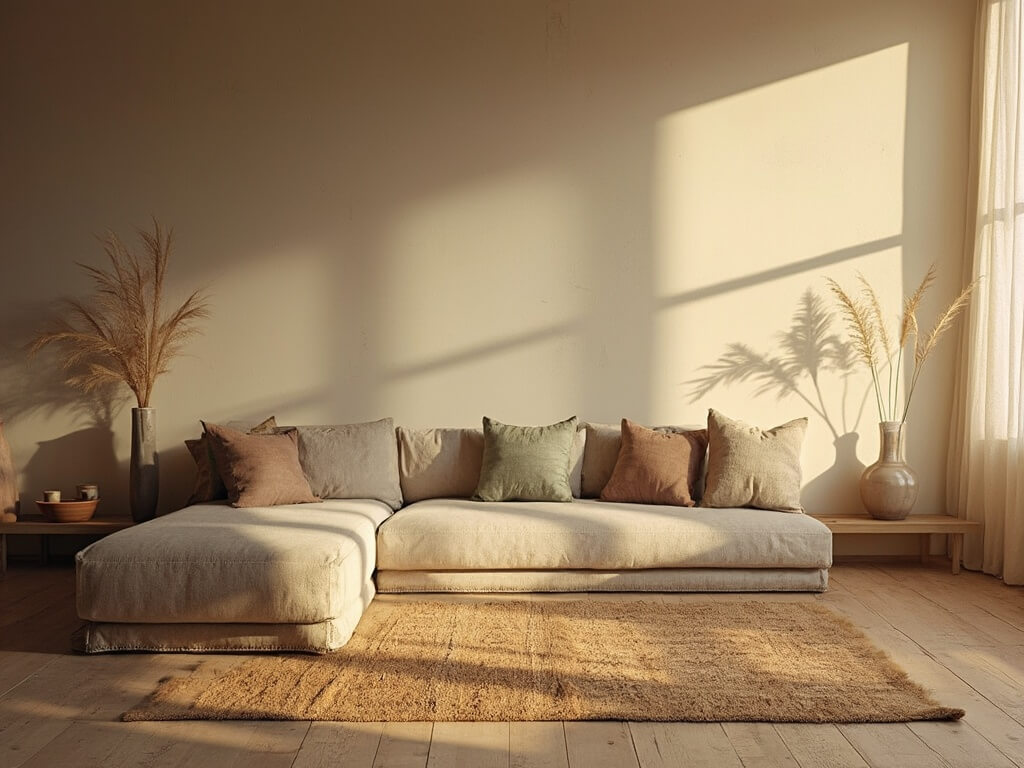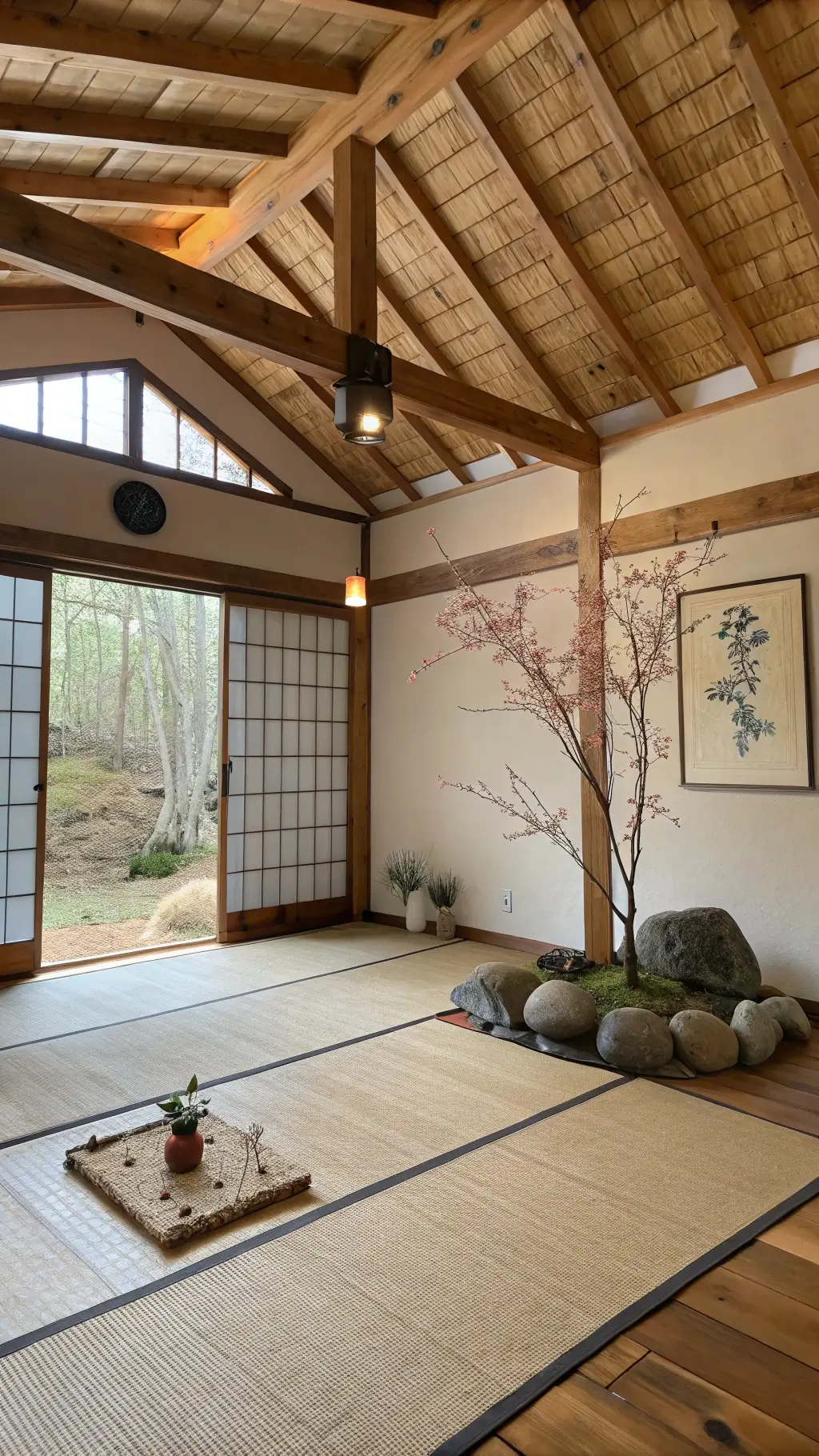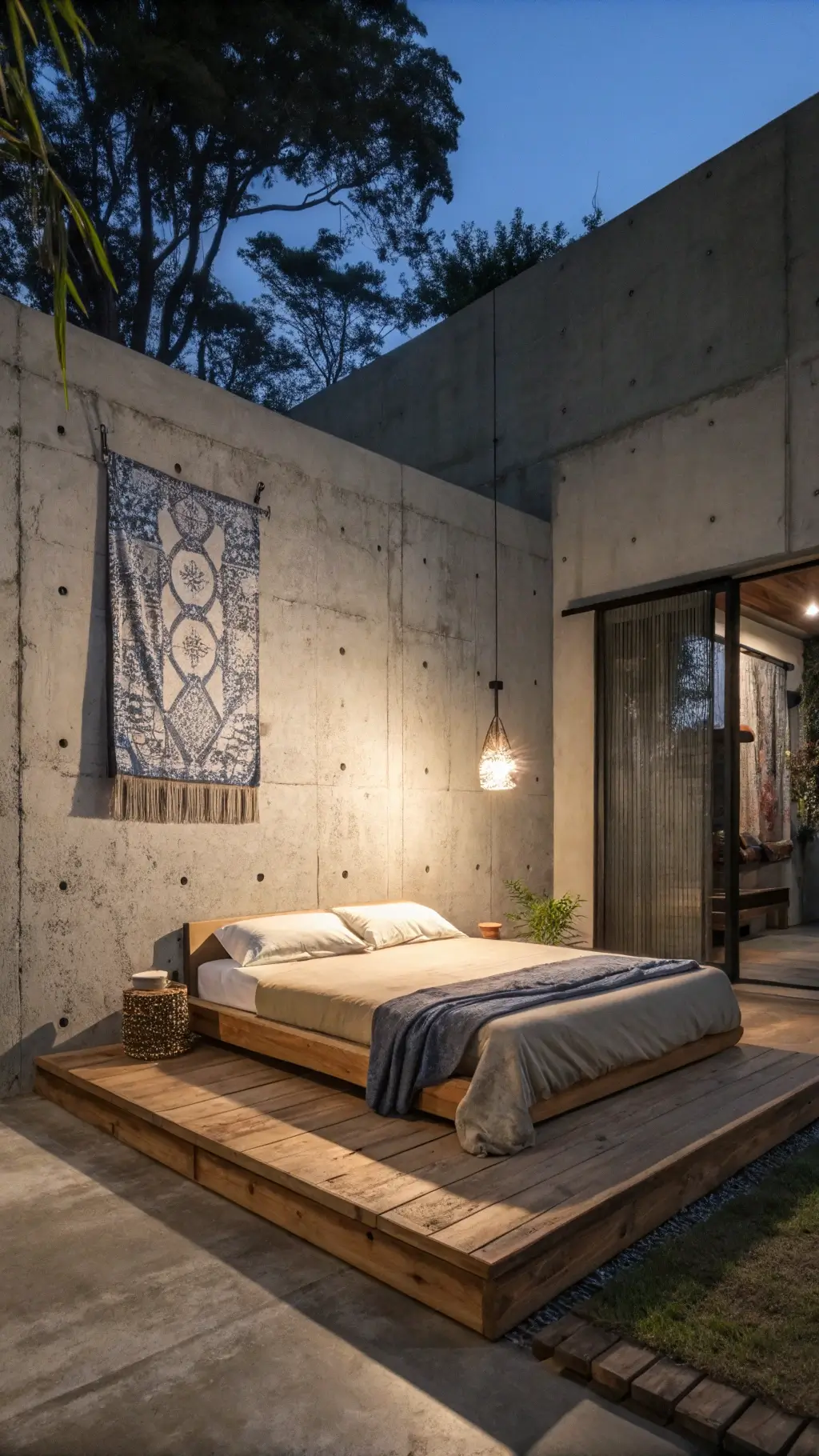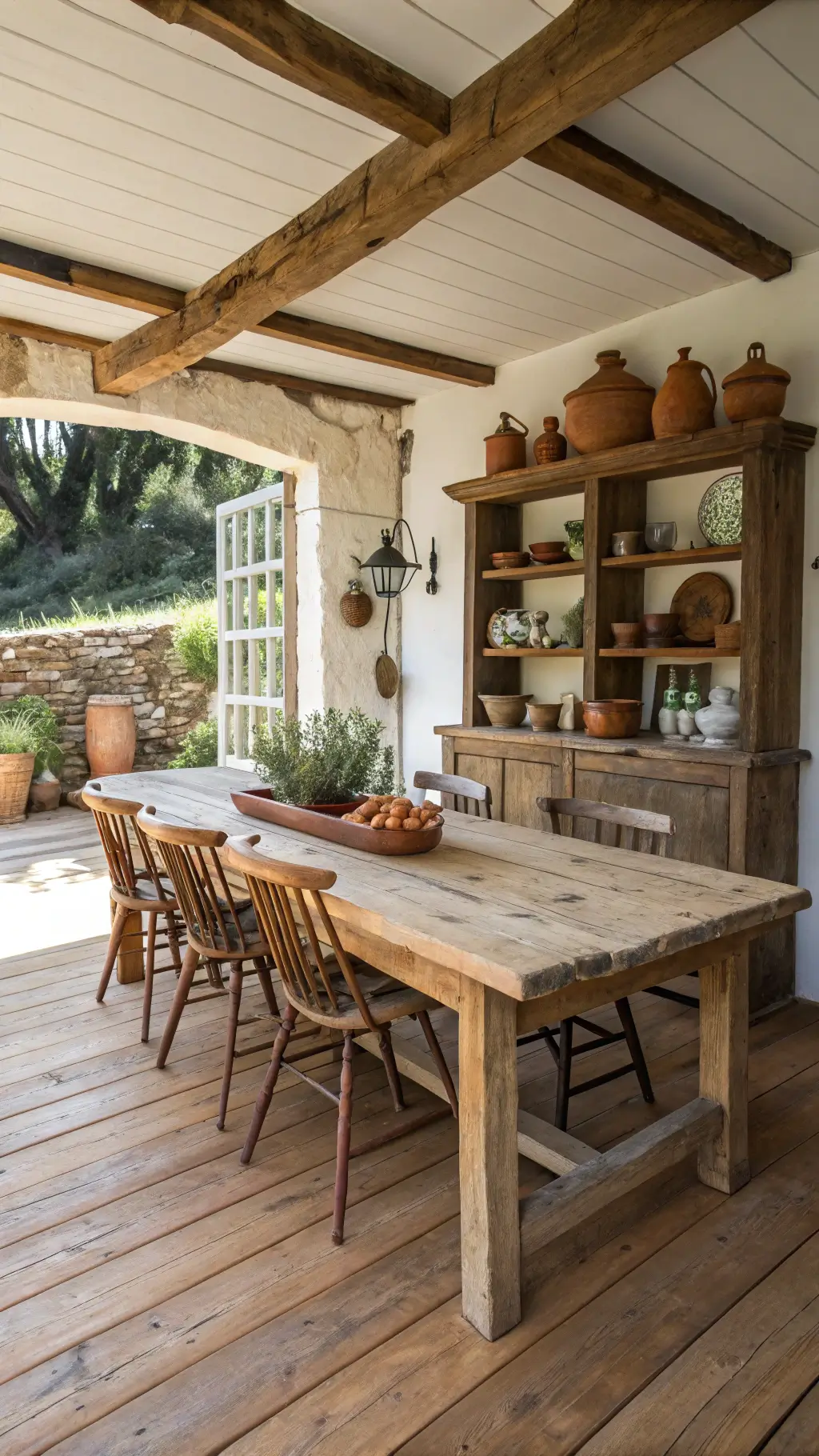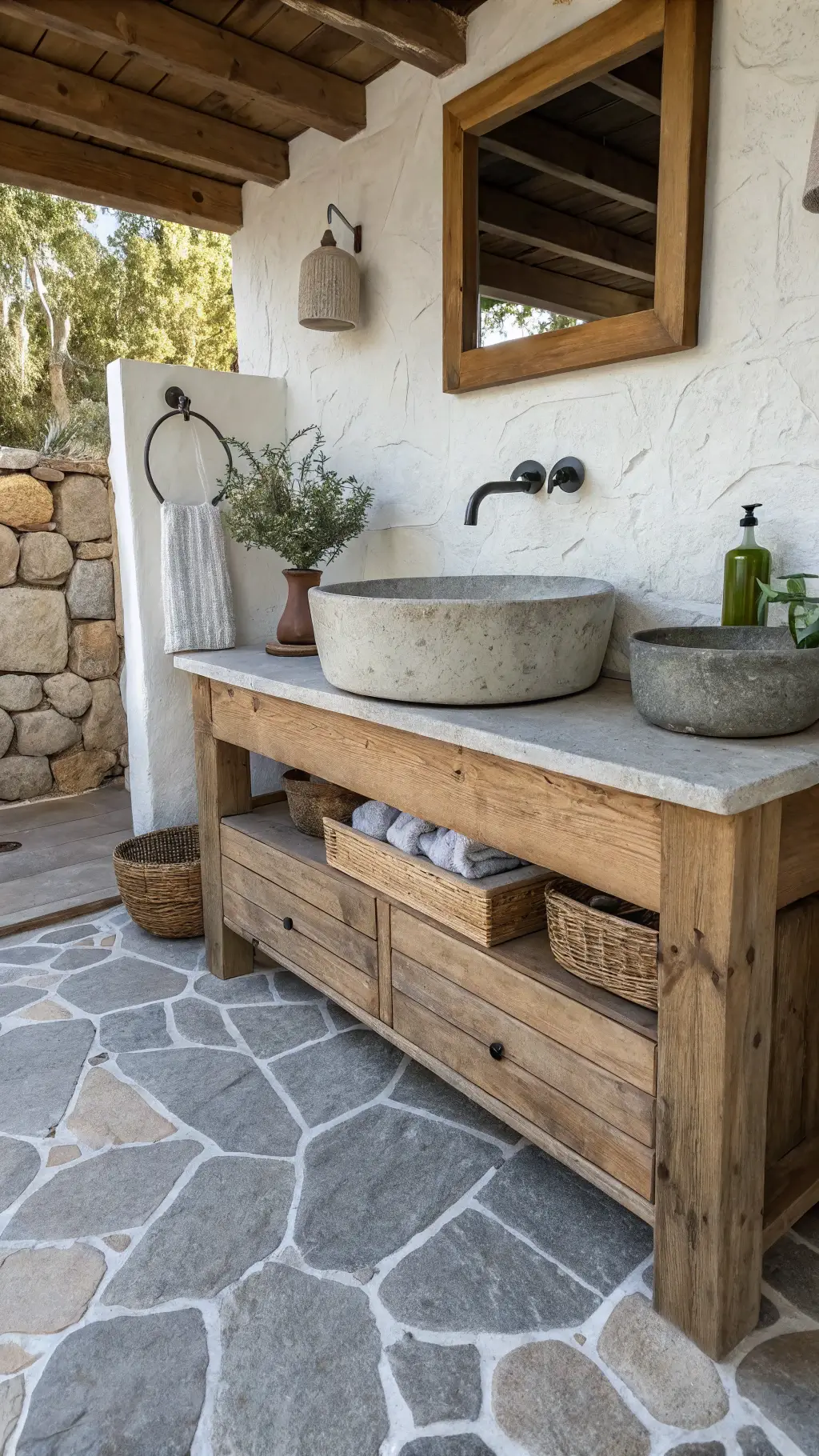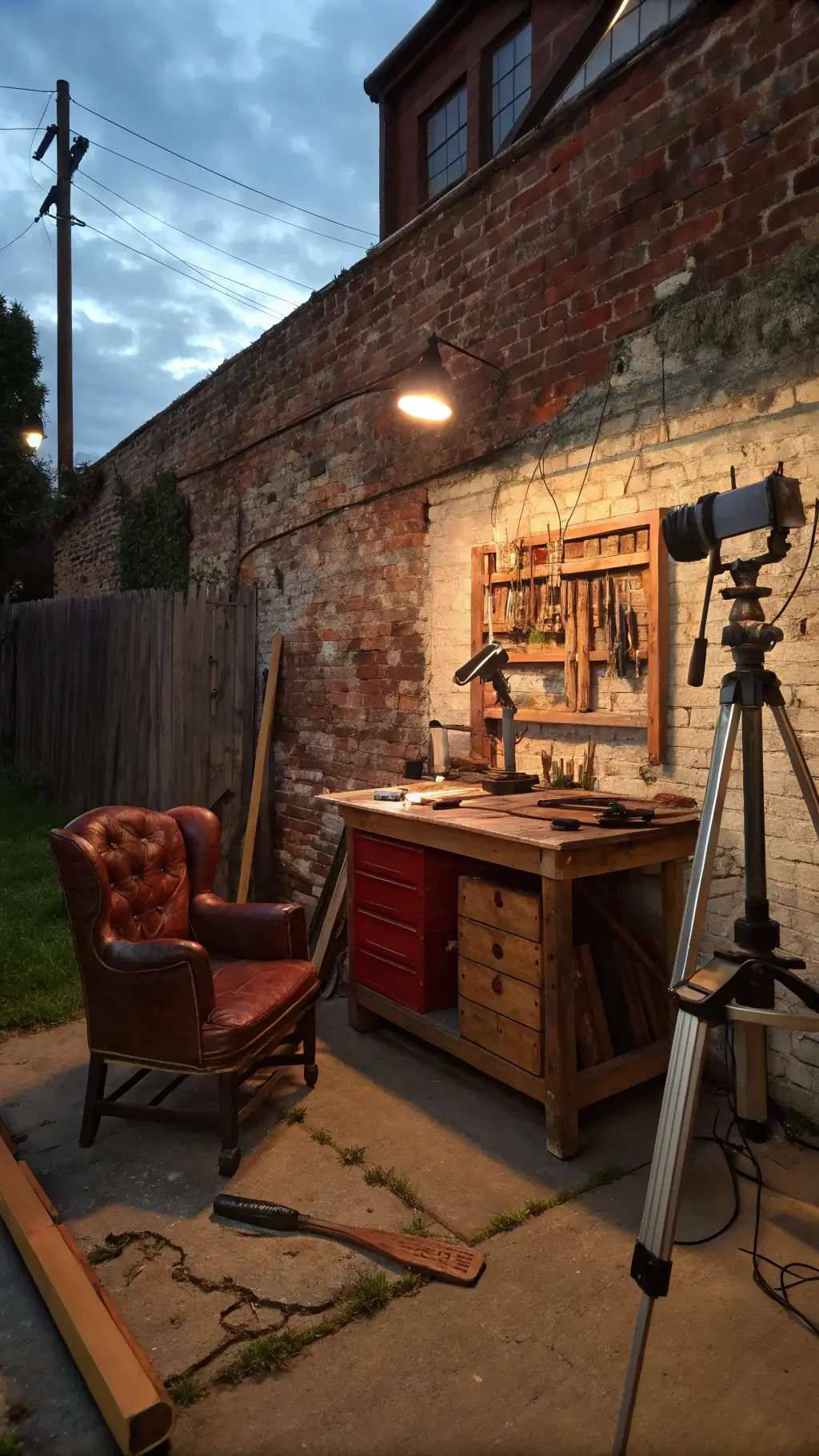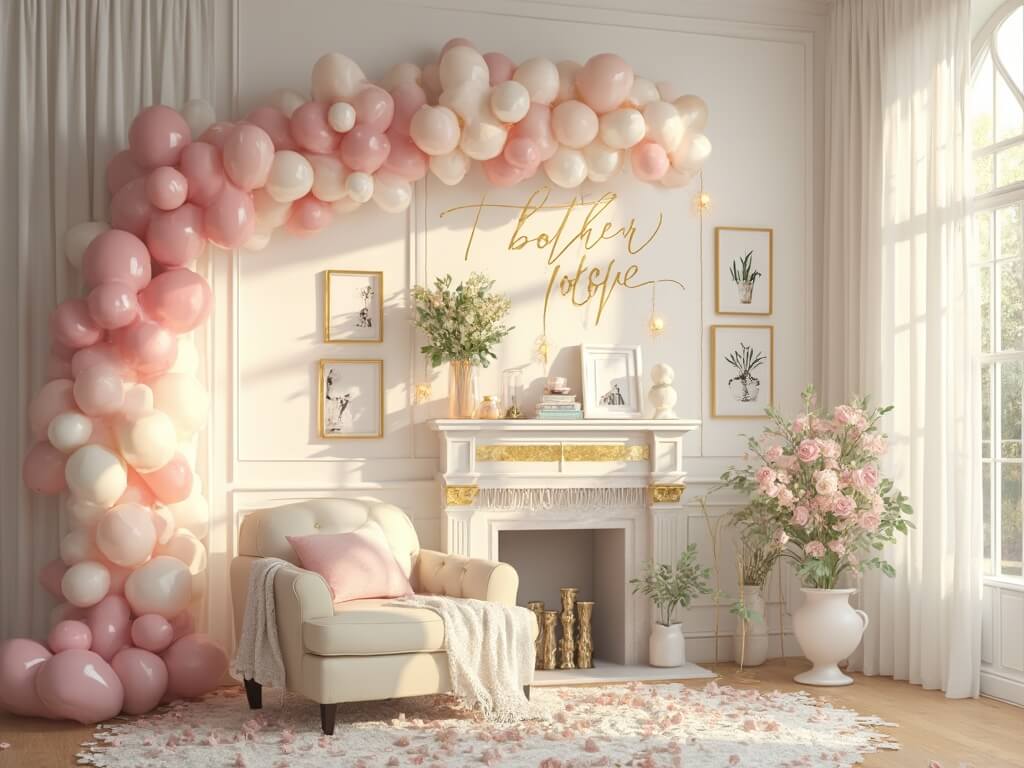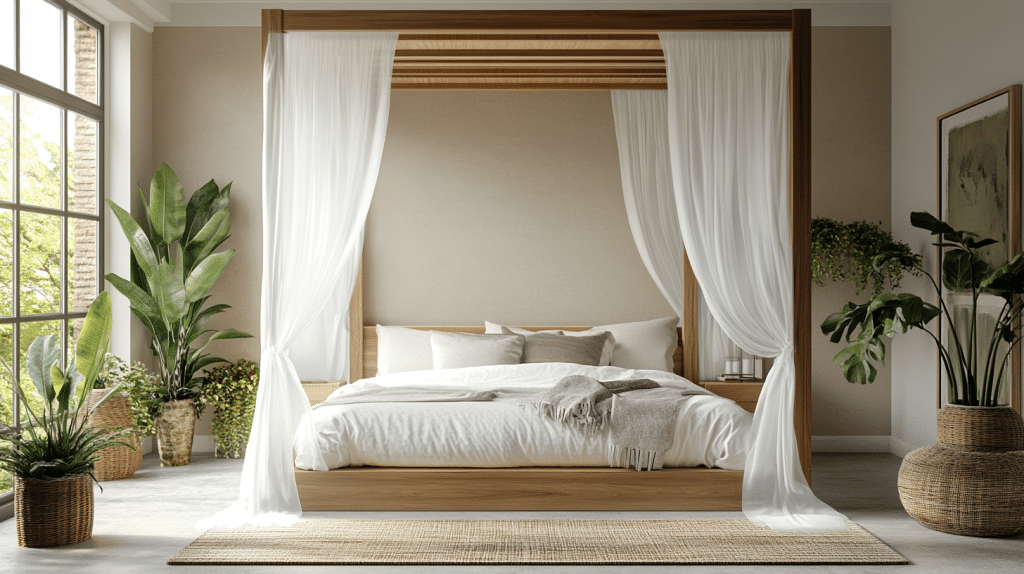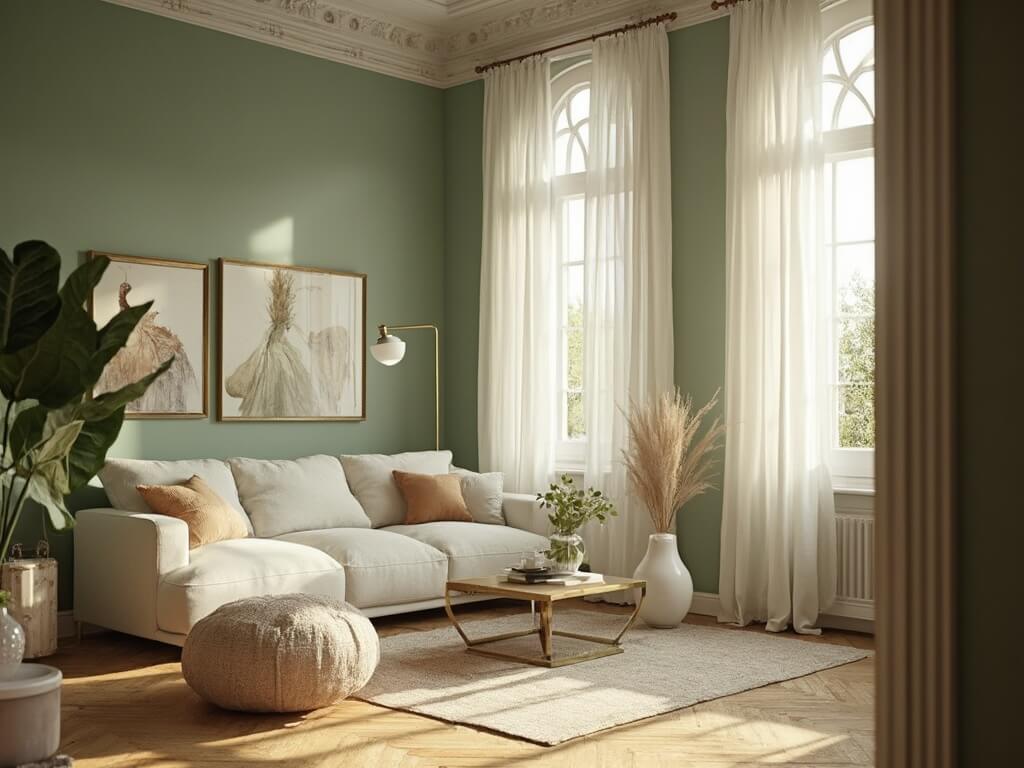Wabi Sabi: Embrace the Beautiful Imperfection of Your Home Sanctuary
Let’s talk about creating a space that breathes tranquility, tells a story, and celebrates the raw beauty of imperfection. Wabi sabi isn’t just a design style—it’s a profound way of seeing the world through gentle, accepting eyes.
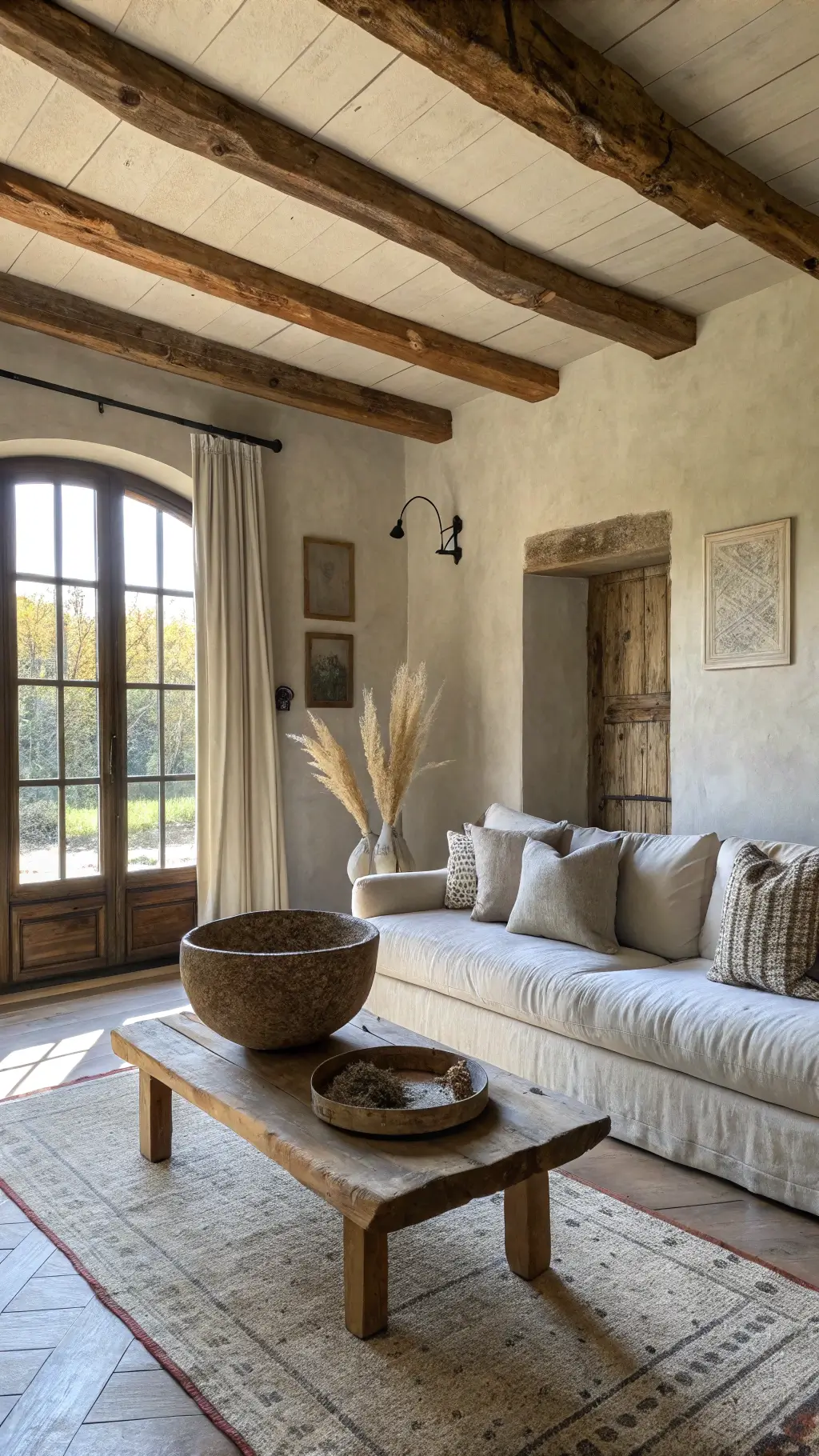
Why Wabi Sabi Matters to You
Have you ever felt overwhelmed by perfectly curated Instagram homes? Tired of spaces that feel sterile and soulless? Wabi sabi is your antidote—a design philosophy that whispers, “You are enough. Your space is enough.”
What Makes Wabi Sabi Magical
Core Principles:
- Celebrates imperfection as beauty
- Honors natural materials and aging
- Creates calm through simplicity
- Embraces authenticity over perfection
Essential Elements of Wabi Sabi Design
Color Palette:
- Earthy neutrals: taupe, clay, soft greys
- Muted, understated tones
- Natural, organic color transitions
Texture is Your Best Friend
- Rough-hewn wood
- Handmade ceramics
- Natural linens
- Stone and clay surfaces
Practical Styling Strategies
Furniture Selection:
- Choose pieces with visible history
- Prioritize craftsmanship over mass production
- Look for:
- Reclaimed wooden tables
- Vintage chairs with gentle wear
- Handcrafted pottery
- Minimalist wooden shelving
Decorating Like a Wabi Sabi Master
- Edit Ruthlessly
- Remove excess
- Keep only items that spark joy
- Create breathing room in your space
- Embrace Imperfection
- Celebrate chips in pottery
- Welcome slight asymmetry
- Find beauty in natural wear and tear
- Connect with Nature
- Bring outdoor elements inside
- Use branches, stones, dried botanicals
- Allow seasonal changes to inspire your decor
Pro Tip: Each object should tell a story. If it doesn’t spark an emotion or memory, it doesn’t belong.
Budget-Friendly Wabi Sabi Transformation
Low-Cost Ideas:
- Thrift store hunting
- Flea market discoveries
- DIY pottery workshops
- Natural element collecting
Budget Ranges:
- Minimal: $50-$200
- Moderate: $200-$500
- Comprehensive: $500-$1500
Common Mistakes to Avoid
- Over-decorating
- Forcing perfection
- Ignoring personal connection to objects
- Buying just to fill space
Maintenance and Evolution
Wabi sabi is a living philosophy. Your space will naturally change and age—embrace it. Rotate elements seasonally, allow objects to develop patina, and remain open to subtle transformations.
Final Wisdom: Your home is a sanctuary, not a showroom. Let it breathe, tell your story, and reflect your authentic self.
Recommended Resources
- Books: “Wabi-Sabi: For Artists, Designers, Poets & Philosophers” by Leonard Koren
- Websites: Japanese design blogs
- Instagram: #WabiSabi hashtag for continuous inspiration

